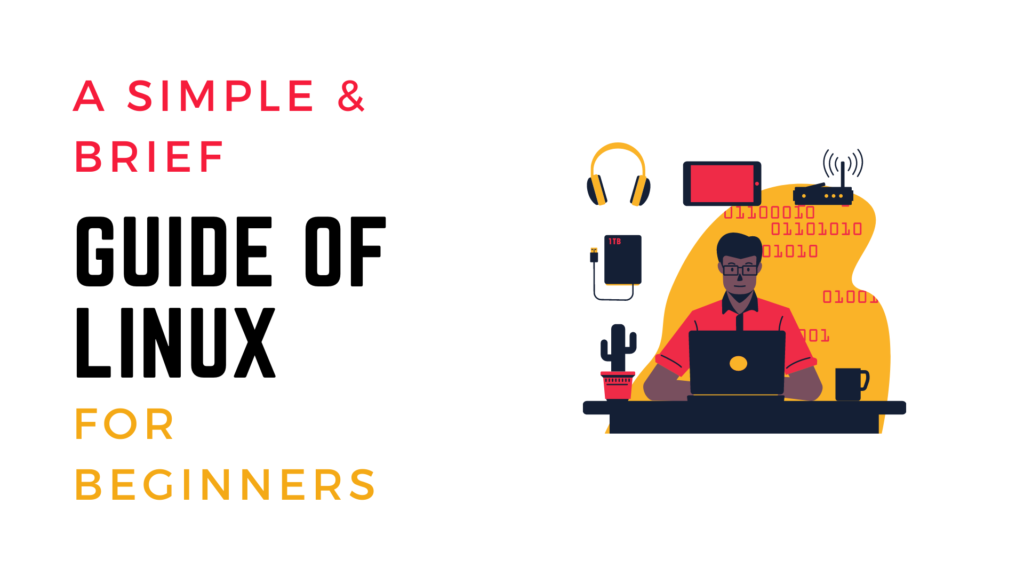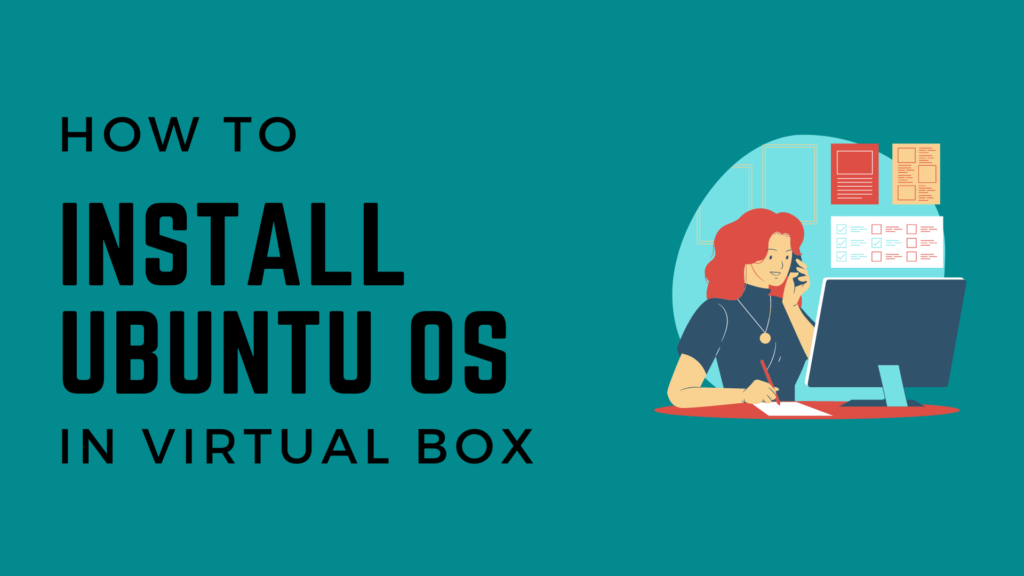Introduction
Fedora Linux is a linux distro which is sponsored by Red Hat (an IBM subsidiary) and it is used by a large number of people as their daily driver. Even the creator of the Linux kernel uses Fedora as his distro of choice.
With the launch of Fedora 36, there are a lot of new things to discuss. So let’s dive right into Fedora 36 (the reason you clicked on this article in the first place).
What’s New In Fedora 36

Fedora 36 is officially released but it is currently in beta. We do not recommend users to get beta releases as it is riddled with bugs and glitches.
Don’t worry as we have taken Fedora 36 beta for a test run and we will be sharing everything there is to know about the latest release.
GNOME 42

This is the biggest topic of discussion for Fedora 36 i.e. the inclusion of the latest iteration of GNOME. People are often on the edge when it comes about GNOME, you either love it or you hate it.
GNOME gets a lot of flack for not being customizable enough compared to other desktop environments such as KDE Plasma or XFCE. However, for most of the users who prefer an OS which is ready to work right out of the box, GNOME is an ideal choice.
In GNOME 42, a lot of changes have been introduced. Some prominent changes are the new remote desktop protocol and better virtual machine support for UEFI systems.
Dark Mode
The introduction of system-wide dark mode is a welcome addition to Fedora. Users have been waiting for dark mode to arrive on Fedora for a long time.
We tried the dark mode on Fedora 36 and despite running on a beta release, the dark mode was working well. There was no delay when we were switching from light mode to dark mode.
Fedora users can access dark mode by opening Settings and going to the Appearance panel. The option for switching from light mode to dark mode is under Styles.
UI Improvements
The User Interface has undergone subtle changes. You might not notice what has changed at first glance but after using Fedora for a while, you will soon notice things like polished icons and an overhaul of the Files app.
While playing videos, you can control the media playback through the media controls options in the notification list. Other minor improvements such as the scrollable path bar in the Files app and new preference view in the Boxes app have been included with Fedora 36.
New Tools
The default apps or tools as we call them have changed. Gedit has been replaced by a new Text Editor and a brand new Terminal has been included with this release of Fedora.
People may feel that this was an unnecessary addition as why fix something which is not broken. We were of the same view but after using the new Text Editor and the new Terminal (named Console) we feel like they match more with the overall feel of GNOME.

The Console app also supports Dark Mode and the Text app works just fine. Although most users will still be using Libreoffice Writer or installing Gedit, the new apps are a good addition to Fedora 36.
The Screenshots app is just great as it can take a screenshot and on top of it can also record a part of the screen or the screen as a whole. While browsing through the Linux forums, I noticed that a lot of people did not like the screenshots app introduced in GNOME 42.

For me, the Screenshots app just works and there is a built in screen recording feature which is much appreciated. If you still do not like the screenshots app, you can just install another application of your choice.
If you feel like anything is not to your liking you can change it. This is the best part about the Linux ecosystem, we have choices.
Improved Performance
This is a common and recurring theme for all major distros. Whenever a new release rolls out, expect a performance increase.
Similar is the case with Fedora, there are a myriad of performance benefits introduced with this release. Some major ones include:-
- The Videos app is now using OpenGL widgets with hardware accelerated decoding. In simpler terms, this means that your video playback will be a lot smoother.
- File indexing option has been improved in Tracker (filesystem indexer and search tool). This allows for a faster startup time and decreased memory usage.
- Input Handling has been enhanced which will result in increased responsiveness and lower input latency. It will be largely beneficial for games and graphical intensive applications.
- The default browser also supports hardware accelerated rendering on all websites which will result in an overall smoother scrolling experience.
Under The Hood Improvements
- Remote Desktop now supports RDP(Remote Desktop Protocol). RDP is a proprietary protocol for allowing remote desktop connections through GUI.
- Users using Nvidia GPU will notice additional support for Wayland. GDM sessions are now using Wayland by default.
- Creating snapshots and rolling back is now a lot easier thanks to the RPM database moving from /var to /usr.
- Programming languages and libraries have been updated as well. PHP 8.1, Ruby on Rails 7.0, Django 4.0, PostSQL 14 and Podman 4.0 are available on the latest release of Fedora.
Conclusion
There you have it folks, we have discussed everything there is to know about Fedora 36. We tried our best to deliver all we knew about the latest release of Fedora in a brief and simple way.
You might notice that there are a lot of similarities between this release of Fedora and GNOME 42. This is because the default desktop environment of Fedora is GNOME and Fedora runs an almost default GNOME version.
If you do not like the GNOME variant of Fedora you can get another variant such as KDE Plasma or Xfce from their official website.
If you liked this article, you may also like:-


